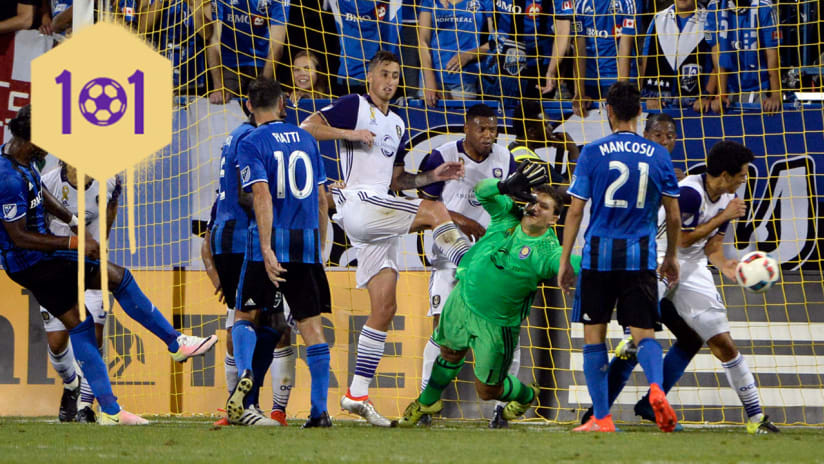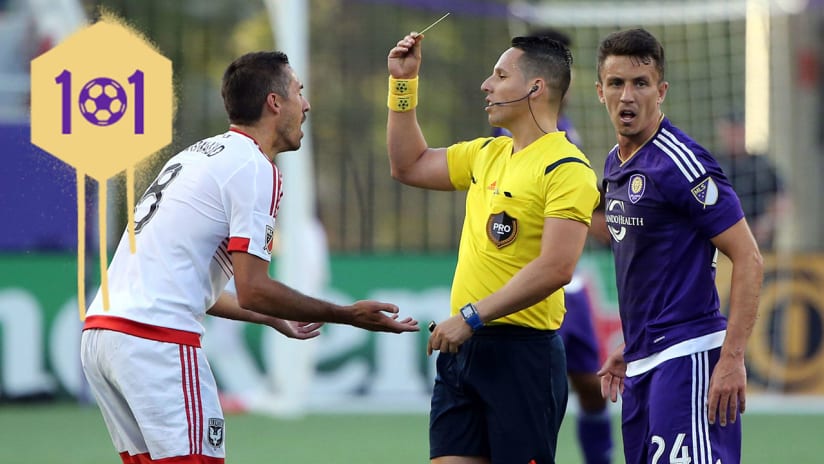The average distance run by a single player during a soccer game is 7 miles. That’s 28 laps around a single track in an hour and a half. A lot of the world’s best players can endure this incredible task, but in the team’s best interest it’s always good to be able to make a substitution.
The Basics
A substitution is when one player on the field is switched out for another player from the bench. The bench is comprised of up to seven players per team during any league match. Each player must be eligible to play if needed—eligibility ranges from suspensions to injuries to absences for international games. Each team is allowed to use up to three substitutes per game in most formats, and any player that has been substituted off is not allowed to play again for the rest of the match.
Stamina
The most frequent reason for the occurrence of a substitution is to maintain the health and safety of each player. As previously mentioned, the average player will run 7 miles in 90 minutes. This varies greatly depending on position, but a lot of outfield players will run a lot more. When a player has given their all, it is wise of the coach to sub in a fresh player to keep up the energy. This protects the exhausted player from pushing their body past its limits.
Tactics
There is an abundance of formations—some that call for one striker, two strikers or even three. The way the team starts the game isn’t necessarily how they have to end it. If the initial formation doesn’t seem to be creating enough opportunities, then the coach may look to any of the players on the bench to switch things up. This also applies for situations where the opposing team is consistently breaking down the defense. In this case, one more defender standing between the ball and the goal definitely wouldn’t hurt. These variations in tactics are a brilliant art-form, and it allows each coach to bring their own unique touch to the game.
Psychology
When the game is slowly creeping towards the final whistle and either team have yet to score, the coach may decide to make a change in order to dismantle the opposing team’s mentality. Different substitutions leading to a change in formation can mean different things. If the coach brings on a defensive player, then usually the idea would be that the team is comfortable with the tie, and that they’re going to sit back and defend. If the coach brings on an extra striker, this indicates that they will be going all-out on the offensive front. Each change in personnel can be used to sabotage any existing strategies laid down by the opposing team, in turn forcing them to switch things up. It’s almost like a game of poker. Each coach unaware of the others hand.
Stipulations
As with any rule in sports, there are always loop-holes and conditions. A simple switch of players is good and well when the coach needs to shake things up, but when the issue of a red-card occurs, the game flips upside down.
If a player receives a red-card, they are ejected from the match permanently. If it is a defender who has been sent off, usually the coach will bring on a defender for another player to fill the empty hole. If it’s the goalkeeper who is sent off, things become a lot more difficult. Not only is the team depleted from the original 11 man side to 10 men, the coach needs to bring on the substitute goalkeeper for an outfield player. This can dismantle the game and any tactics that were set in place.
Exceptions
There are a few exceptions when dealing with the amounts of substitutions allowed in a single game. You may notice that in pre-season or friendly games some teams might use all of the available players to make substitutions. This is because each team has unlimited substitutions in order for the coach to get a good look at who is ready for the upcoming season, and what needs to be worked on with certain players. It enables the coach to keep the players fit and make sure that they’re not worn out before the season starts.





